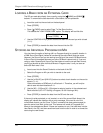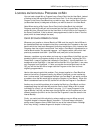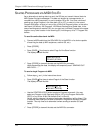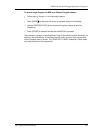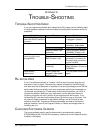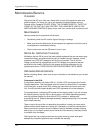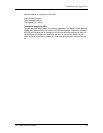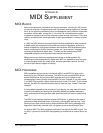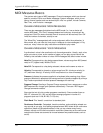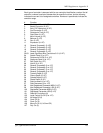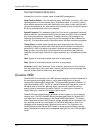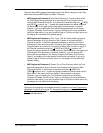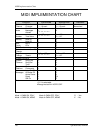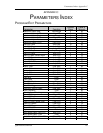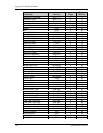
MIDI Supplement: Appendix B
APPENDIX B
MIDI SUPPLEMENT
MIDI BASICS
Most current electronic instruments and signal processors, including the QS, contain
an internal computer. Computers and music have been working together for decades,
which is not surprising considering music’s mathematical basis (consider frequencies,
harmonics, vibrato rates, tunings, etc.). In the mid-70s, microcomputers became
inexpensive enough to be built into consumer-priced musical instruments. They were
used for everything from sound generation to storing parameters in memory for later
recall.
In 1983, the MIDI (Musical Instrument Digital Interface) specification was introduced
to better exploit the computers inside these new musical instruments, primarily to
ensure compatibility of equipment between manufacturers. MIDI expresses musical
events (notes played, vibrato, dynamics, tempo, etc.) as a common “language”
consisting of standardized digital data. This data can be understood by MIDI-
compatible computers and computer-based musical instruments.
Before electronics, music was expressed exclusively as written symbols. By
translating musical parameters into digital data, MIDI can express not only the types
of musical events written into sheet music, but other parameters as well (such as
amount of pitch bend or degree of vibrato).
MIDI HARDWARE
MIDI-compatible devices usually include both MIDI In and MIDI Out jacks, which
terminate in 5-pin DIN-style connectors. The MIDI Out jack transmits MIDI data to
another MIDI device. As you play a MIDI controller such as a keyboard, data
corresponding to what you play exits the MIDI Out jack. Example: If you play middle
C, the MIDI Out transmits a piece of data that says “middle C is down.” If you release
that key, the MIDI Out transmits another piece of data that says “middle C has been
released.”
If the keyboard responds to the dynamics of your playing, the note data will include
dynamics information too. Moving the modulation wheels and pedals attached to
many synthesizers will also generate data associated with the wheel or pedal being
used.
The MIDI In jack receives data from another MIDI device. In addition to the type of
performance data described above, rhythmically-oriented MIDI devices (e.g., drum
machines) can often transmit and/or receive additional MIDI timing messages that
keep other rhythmically-oriented units in a system synchronized with each other.
An optional MIDI Thru jack provides a duplicate of the signal at the MIDI In jack. This
is handy if you want to route MIDI data appearing at one device to another device as
well.
QS7/QS8 Reference Manual 131



